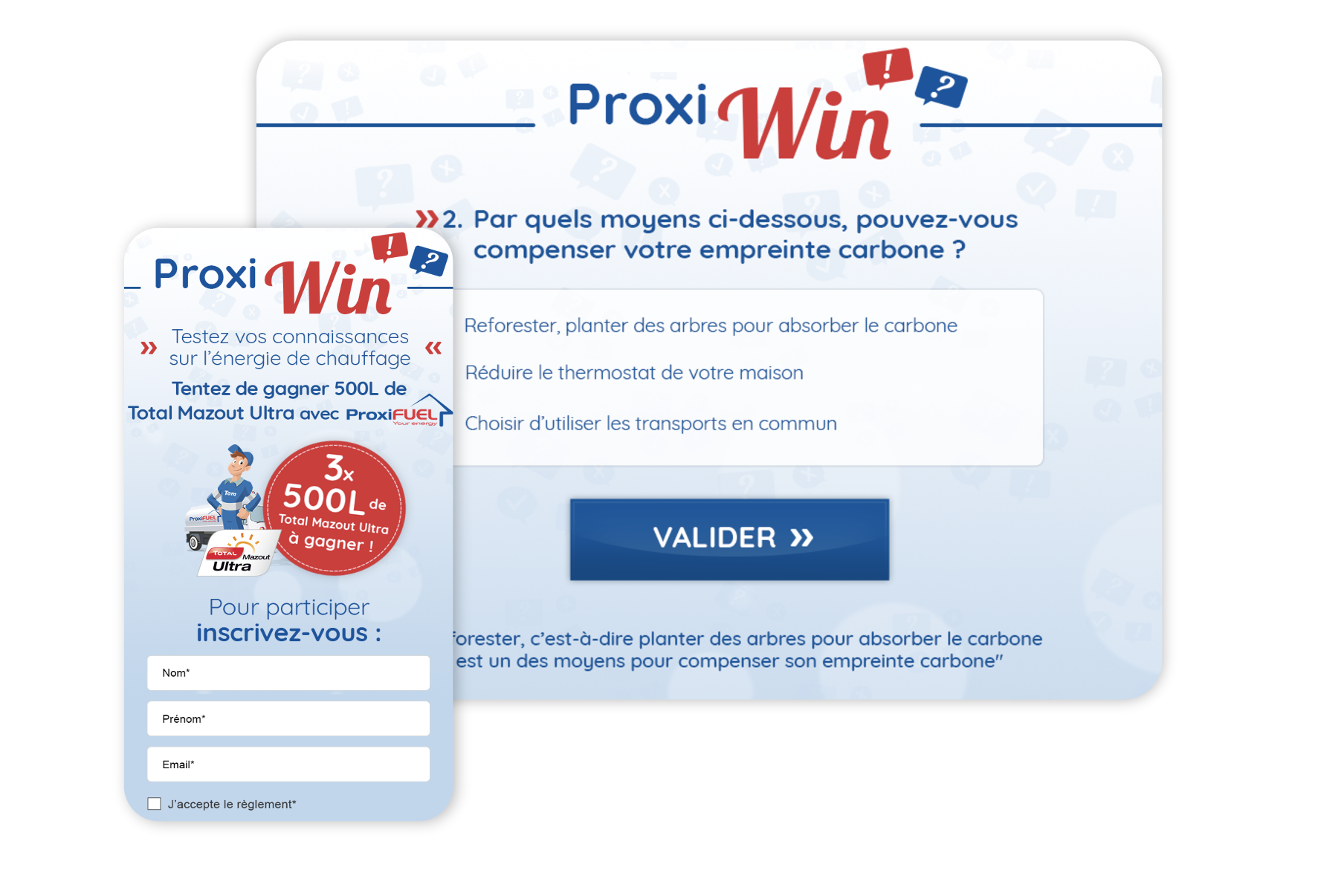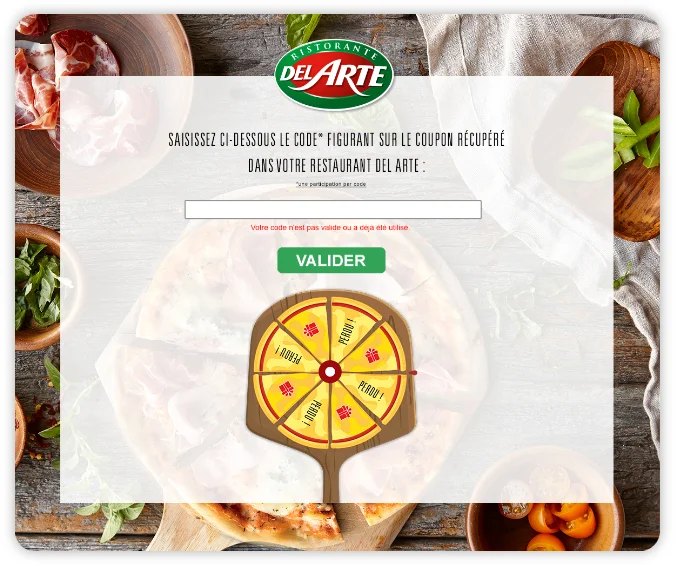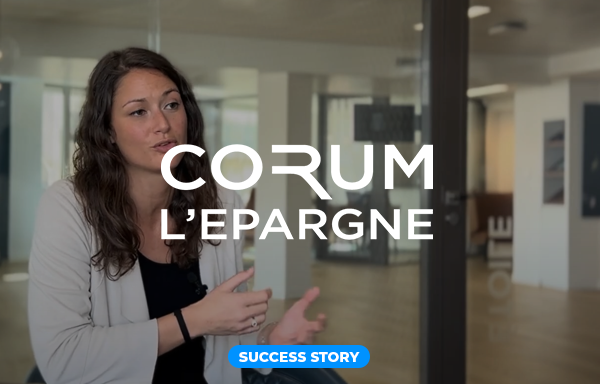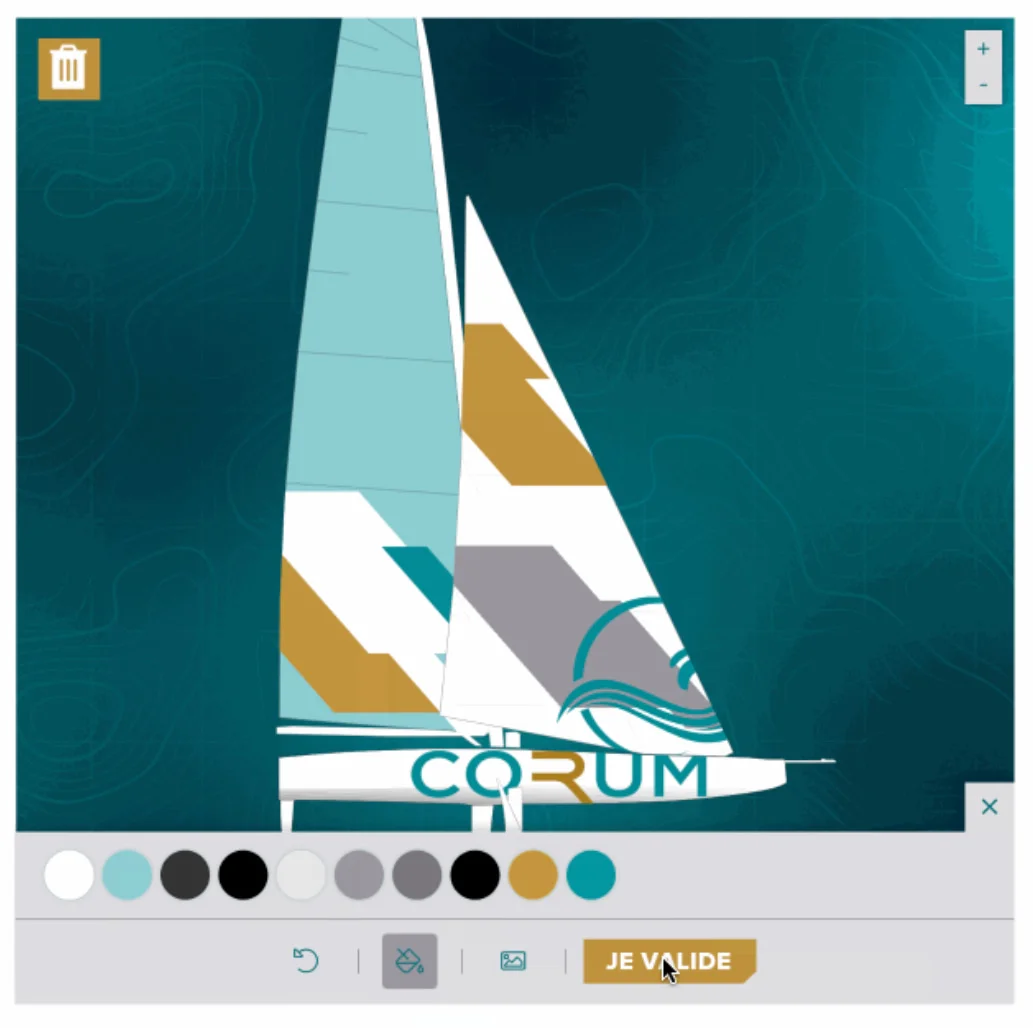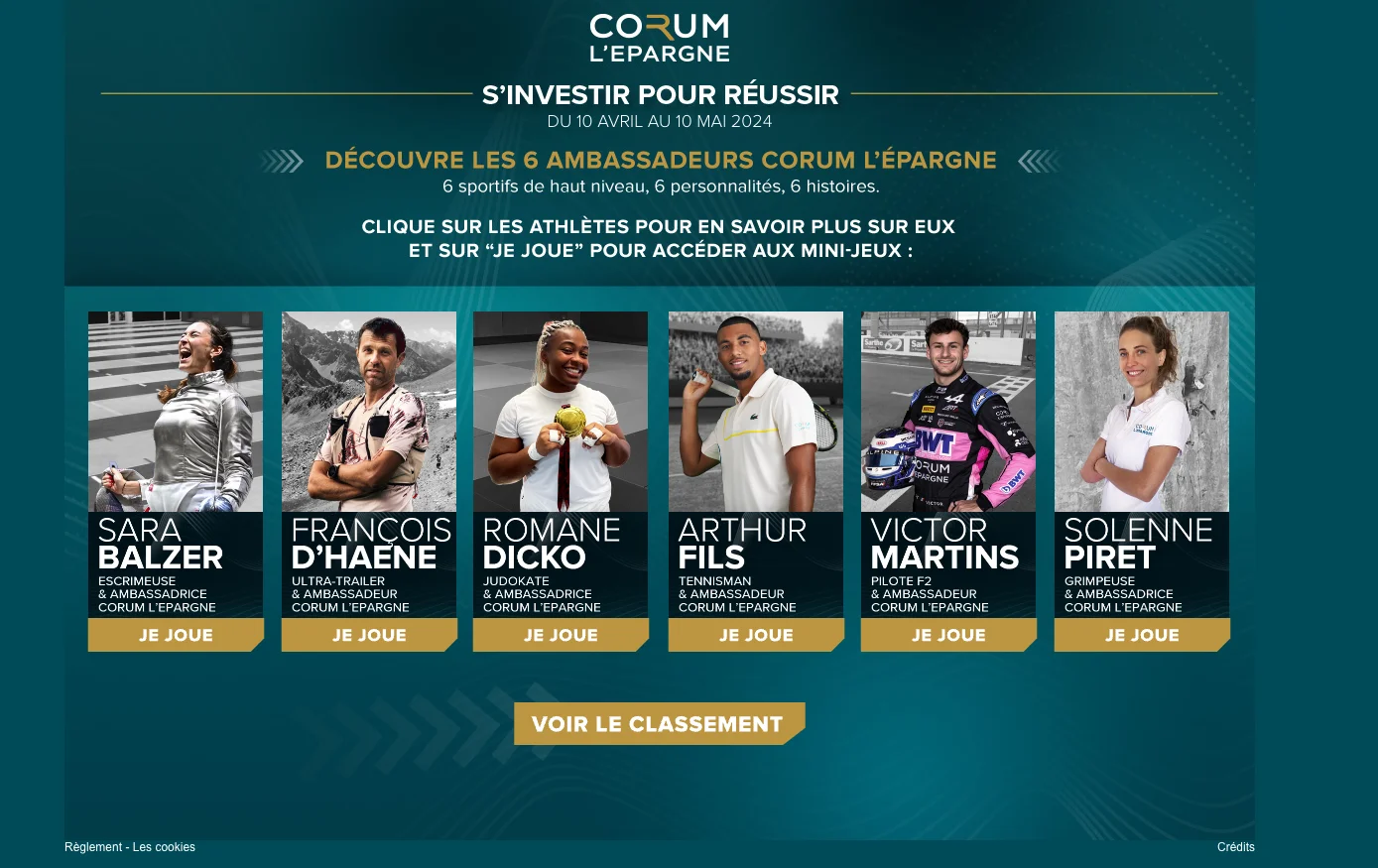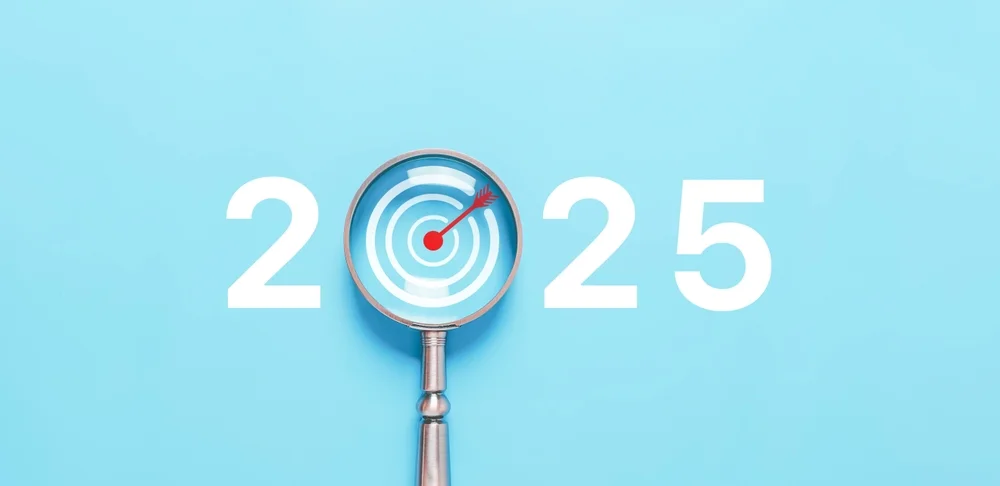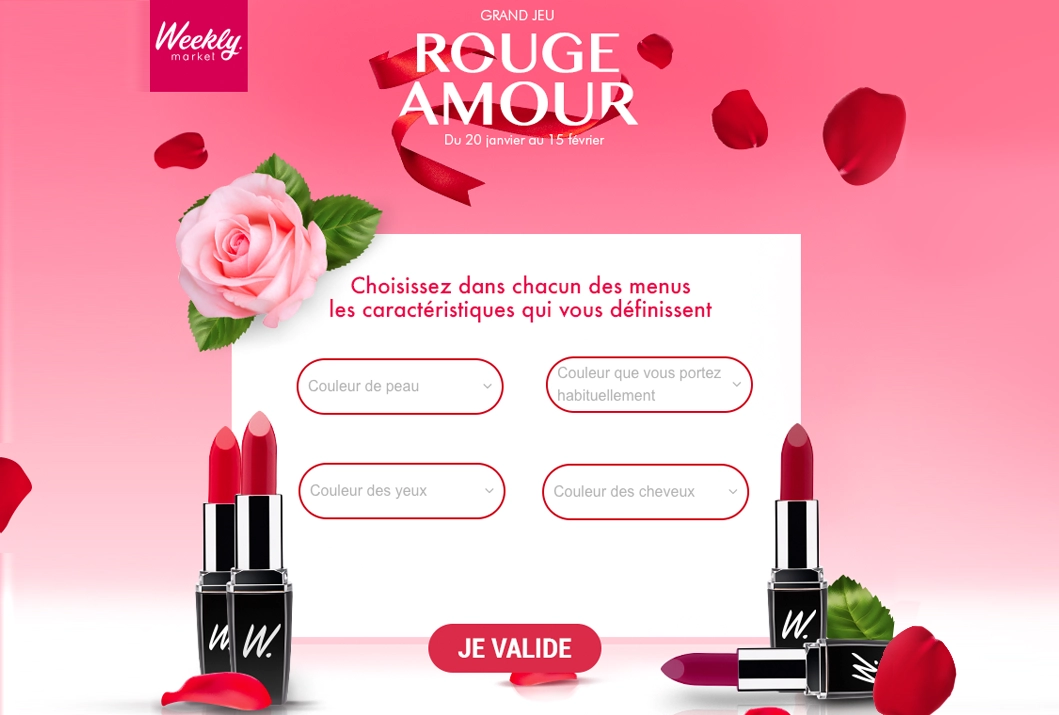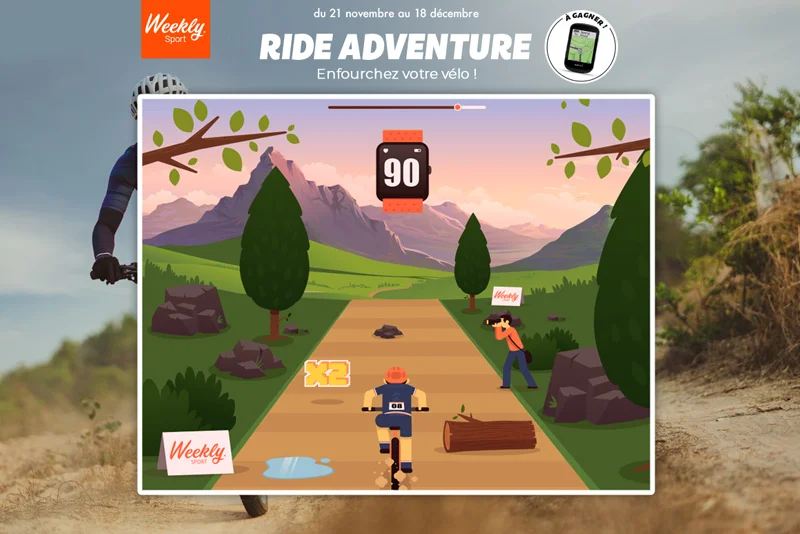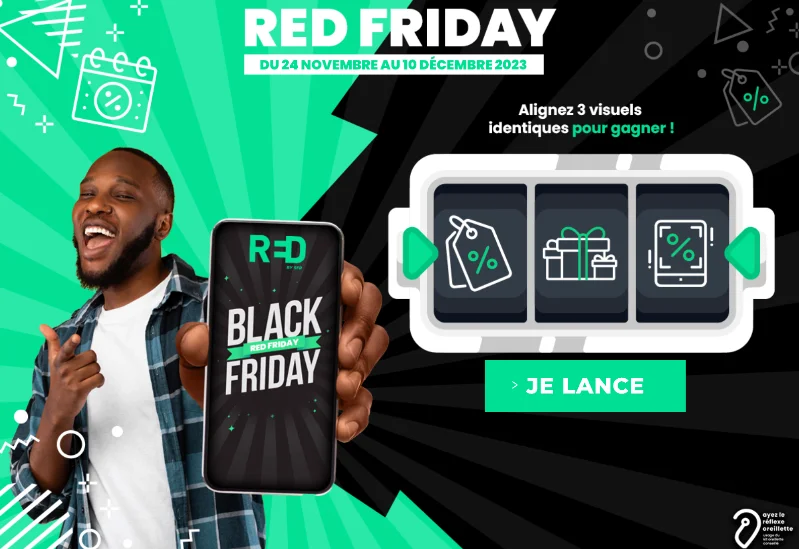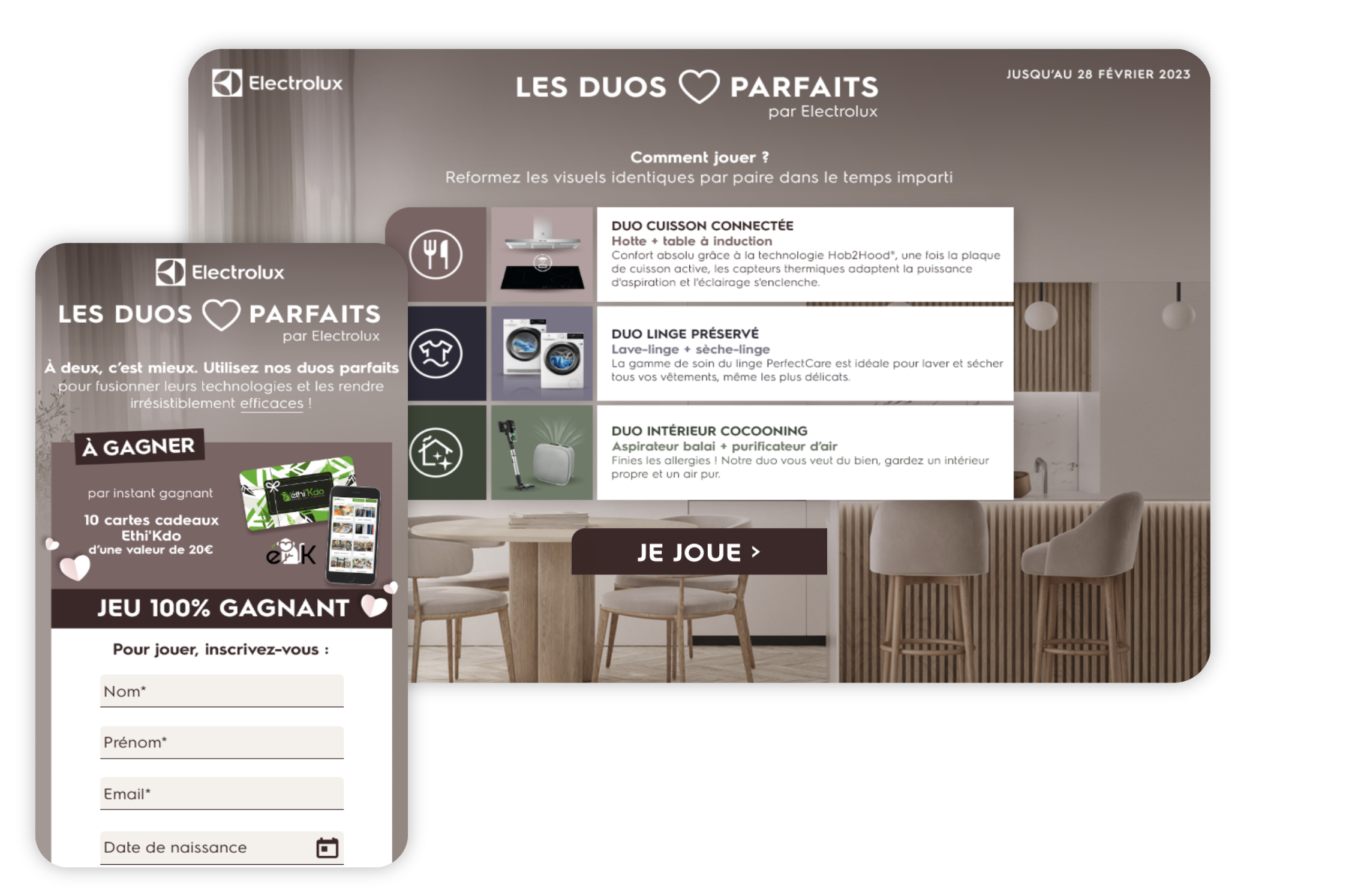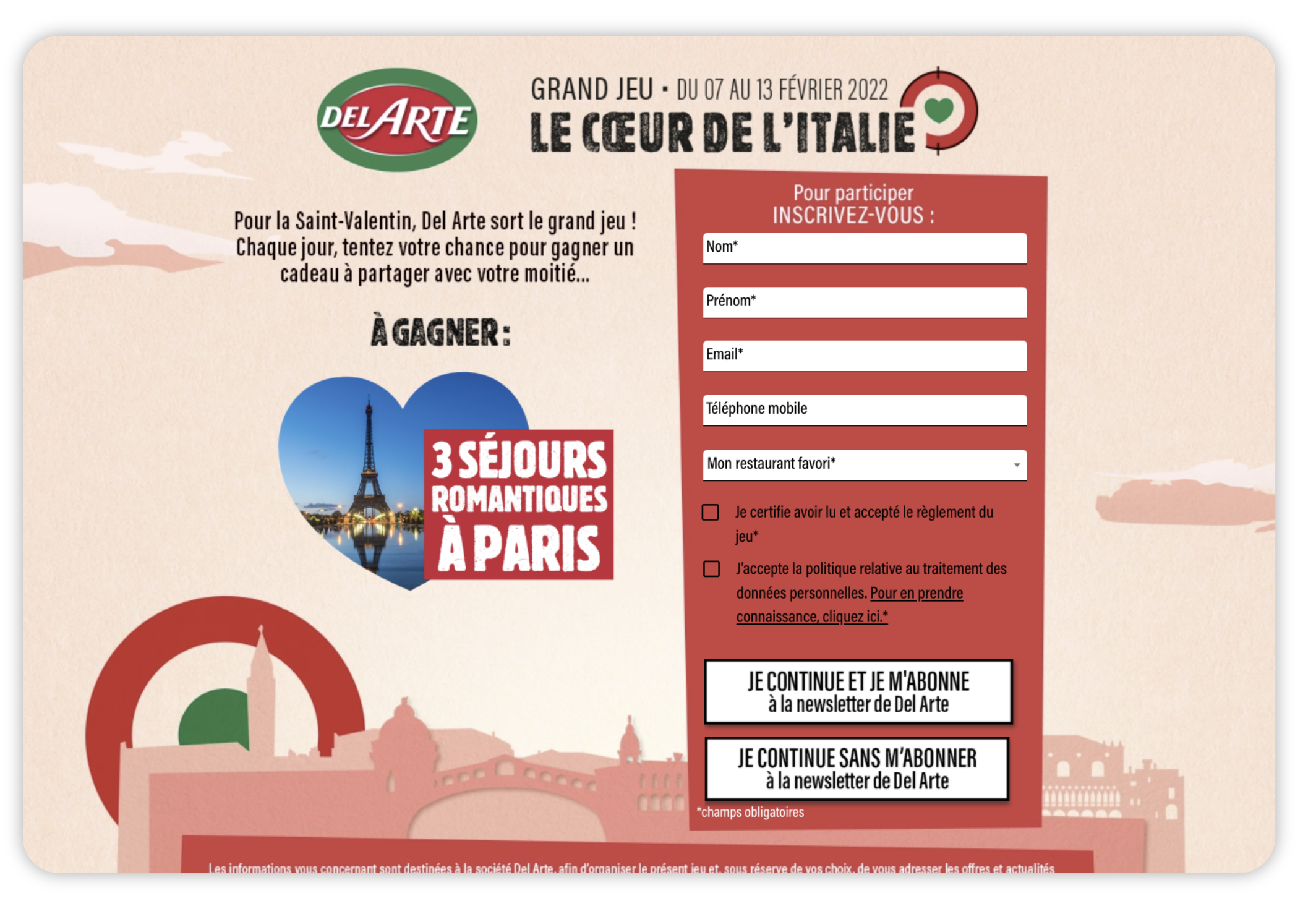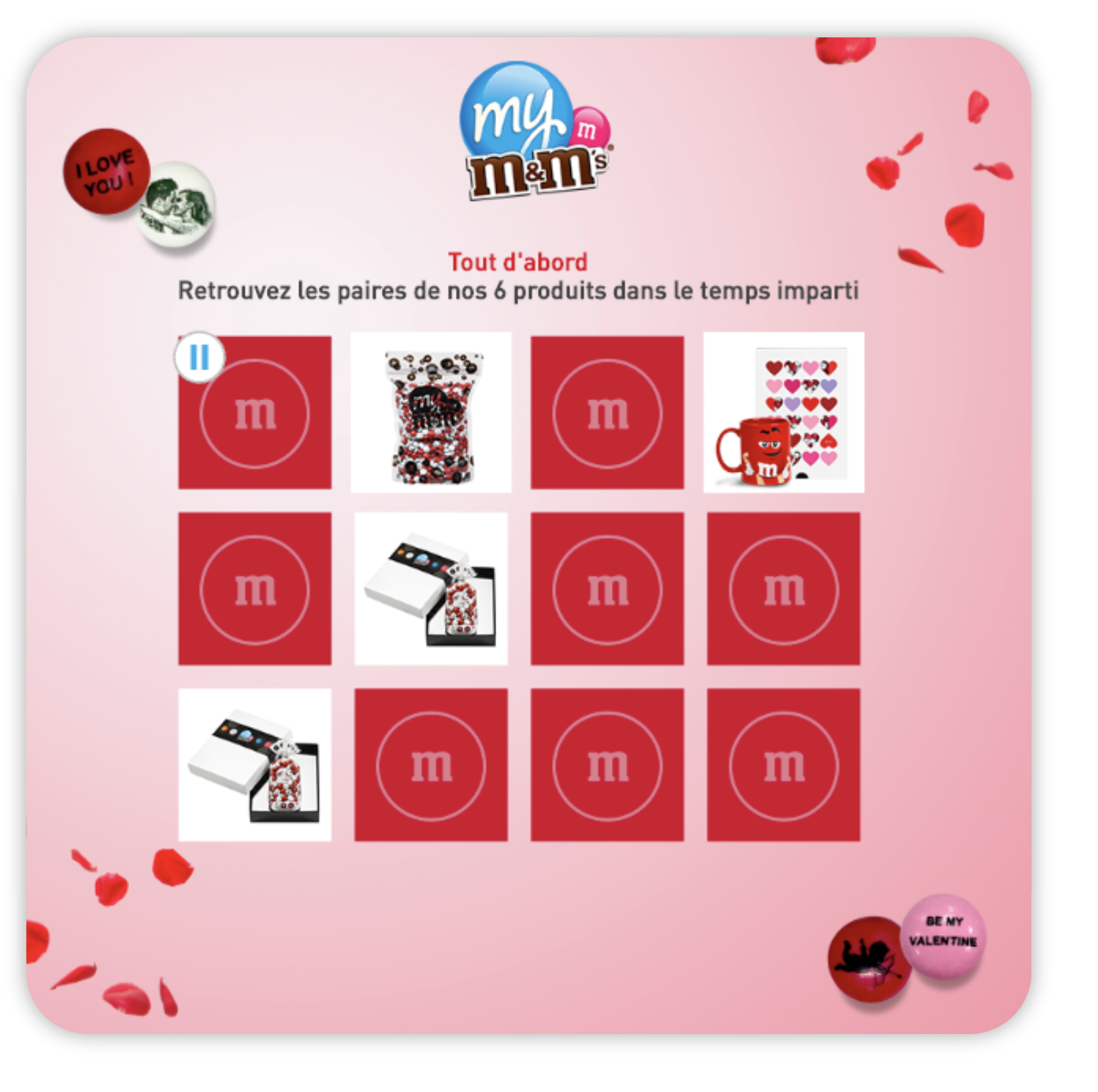
6 Easter marketing ideas for every purpose
Easter is one of France’s favourite holidays. According to a study by Usine Nouvelle, 45% of them take the opportunity to buy Easter chocolates. But this is not just a time for chocolate makers.
Celebrated between the end of March and the beginning of April, Easter is synonymous with the return of spring and fine weather. It’s a time of renewal. Brands can use it to boost their communications (by presenting their spring collection).
Retailers can take advantage of their audience’s attention and commitment at Easter to achieve their objectives (awareness, conversion, customer knowledge, etc.). In this article, we share 6 original Easter marketing ideas to boost your campaigns.
Easter: what are the marketing challenges?
Beyond its religious origins, Easter is popular in France. It conveys family and sharing values that brands can use to boost their communications.
Whatever their sector of activity, brands can use this marketing time to :
- Support their customers in their purchases. It’s a convivial holiday, and retailers can take advantage of it to connect with their audience through interactive content. They can share tips and resources for decorating the home, enjoy chocolates without overdoing it, or treat their loved ones with a gift guide.
- Entertaining your audience with fun content. Les marques peuvent se positionner sur cette date du calendrier marketing pour proposer des contenus divertissants autour de l’histoire de Pâques, de l’arrivée du printemps, etc.
- Presenting new products. Speaking of spring, it’s a crucial time for brands to renew their catalogues. In the clothing industry, it’s the arrival of the spring/summer collections. An Easter marketing campaign can be used to present your products and encourage your audience to make a purchase.
6 ideas for Easter marketing campaigns
Easter is an event with a strong graphic identity. Chocolate eggs, bells and little rabbits are legion. To stand out from the crowd and achieve their objectives, retailers have to rival each other in originality by proposing innovative marketing formats that capture the attention of their audience.
Need some inspiration for differentiating your communications this Easter? Here are 6 original campaign ideas.
1. A Swiper collects product preferences
The quality of the customer database is a key factor in the success of a brand’s marketing strategy. A contact list that is not regularly enriched will have a negative impact on open, click and conversion rates.
The challenge for brands is to collect quality data that will enable them to understand the expectations of their prospects and customers. The Easter campaign can be used to clean up your database and segment your audience by collecting product preferences or identifying prospects.
Retailers can capitalise on a gamification mechanism that facilitates customer knowledge: Swiper. This format makes it possible to test the preferences of customers (potential and current) by asking them to choose between two proposals. Using this first-party data, brands can qualify their leads and retarget them with tailored offers.
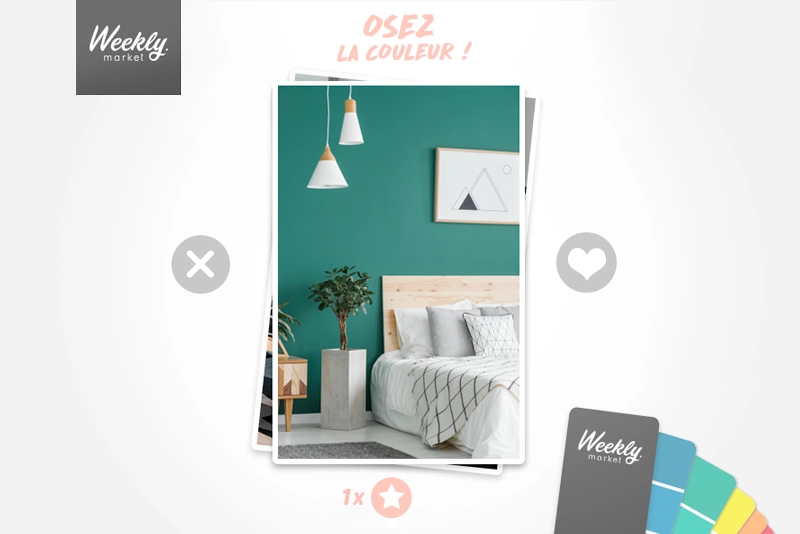
2. A Flappy to generate new leads
Brands are taking advantage of the consumer attention surrounding the arrival of spring to reach a wide audience and raise their profile. Gamified marketing is a lever for visibility because it allows you to stand out from the crowd with an original format. And because it captivates audiences with engaging mechanics and attractive prizes.
Lidl used gamification to boost its Easter marketing campaign. By offering a Flappy personalised to match this universe (the avatar was an Easter bunny), the supermarket giant was a great success, with 92k registrations and a high opt-in rate (67%), demonstrating participants’ interest in the brand and the special occasion.
The commitment around this Easter marketing campaign was very important. Users played 4.6 games, giving Lidl high visibility.
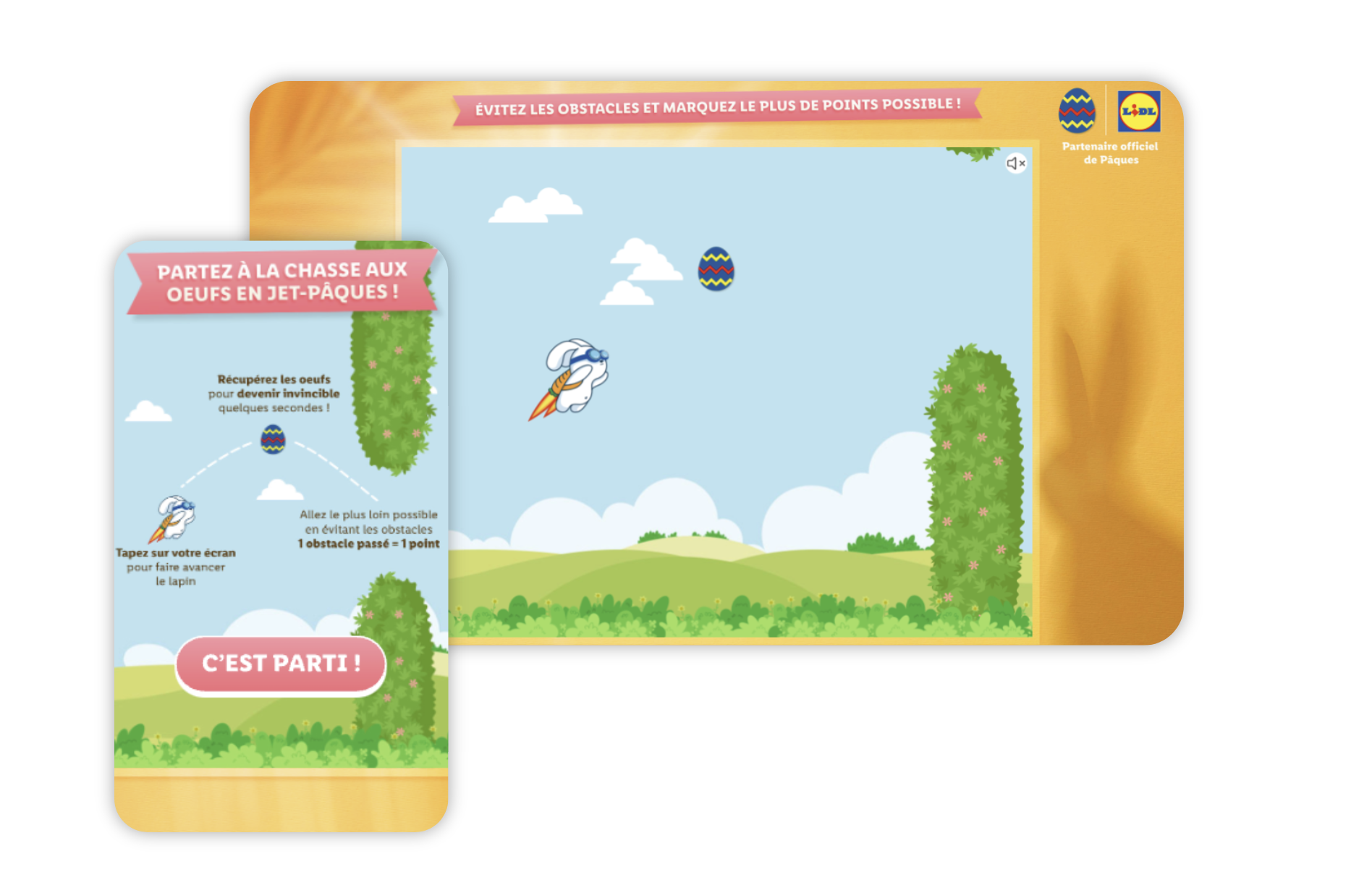
3. An interactive quiz to animate your audience
Easter is a great time to animate your audience and keep in touch with consumers as other commercial holidays approach. Retailers are taking advantage of this opportunity to engage their communities with themed formats.
The interactive quiz is ideal for achieving this objective. Users are inclined test their knowledge about Easter or the brand (particularly if rewards are promised to participants). Brands can take advantage of this to raise awareness of their history or share their commitments, strengthening audience attachment.
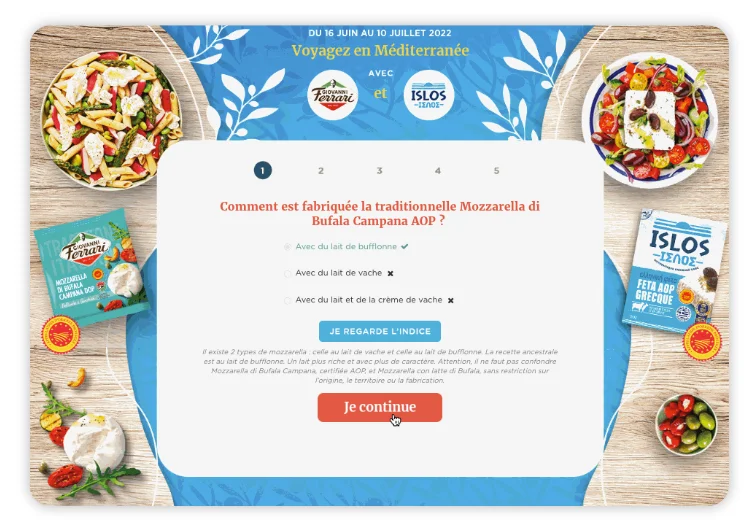
4. A game of differences to highlight the new collection
The Difference Game is a mechanism that can help brands increase the amount of time they spend with their prospects. Cette attention peut être mise à profit pour showcase their spring collection. Participants are challenged to find as many differences as possible, discovering the specific features/advantages of each item.
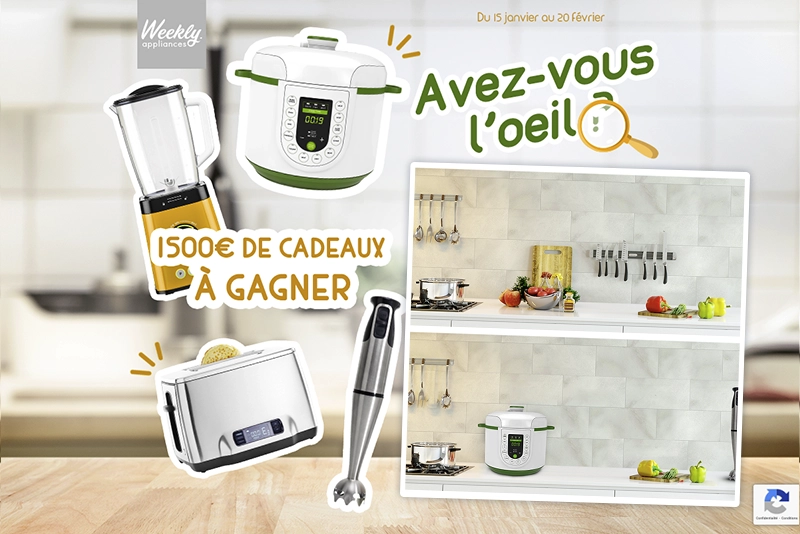
5. A treasure hunt to boost your conversion rate
The Treasure Hunt is the gamification mechanic aligned with this highlight. Brands can organise gamification events online, replicating the famous IRL chocolate egg hunt, to engage their audience and boost sales.
Chocolatier Lindt exceeded its lead generation target with 19k opt-ins thanks to a virtual egg hunt. The campaign engaged a targeted audience, with each participant spending an average of 1 min 40 on the game.
The game was accessible via a gatecode (code required to access), each code being written on a rabbit purchased in shop. This operation offered shoppers a chance to win a family weekend. This compulsory purchase strategy boosted sales during this period.
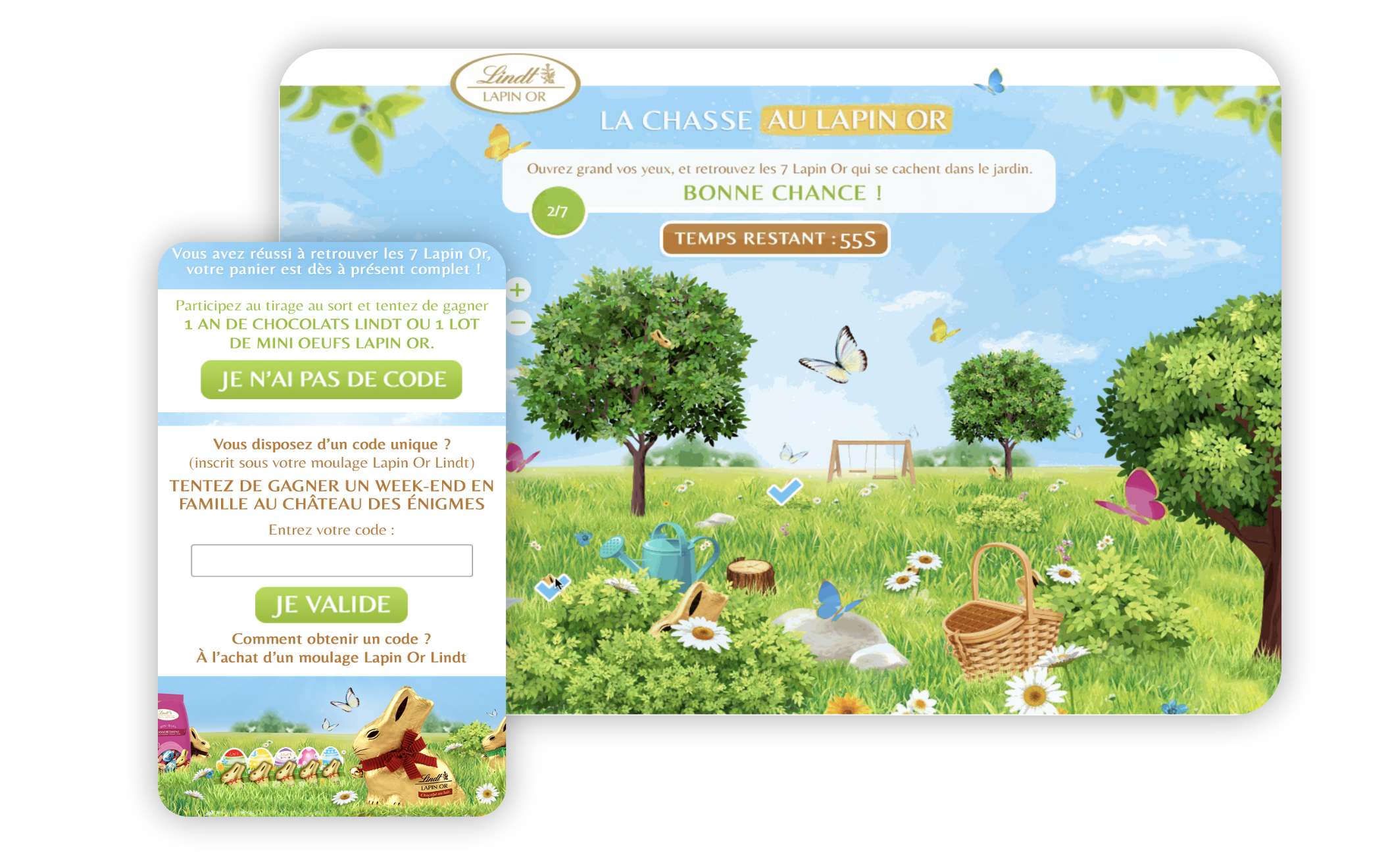
6. A puzzle to build audience loyalty and boost registrations
Once brands have succeeded in capturing attention, they can take advantage of this to convert their leads and build customer loyalty with mechanisms that enable people to sign up to their newsletter or website.
The Easter campaign for the QVDF (Qui Veut du Fromage) brand featured a puzzle game accessible after registering on the site (via JWT). It enabled the brand to recruit new subscribers. The aim was to boost the brand’s visibility during this period. Thanks to the attraction of instant wins, the campaign was able to engage customers and prospects while directing over 2,000 clicks to the pages.
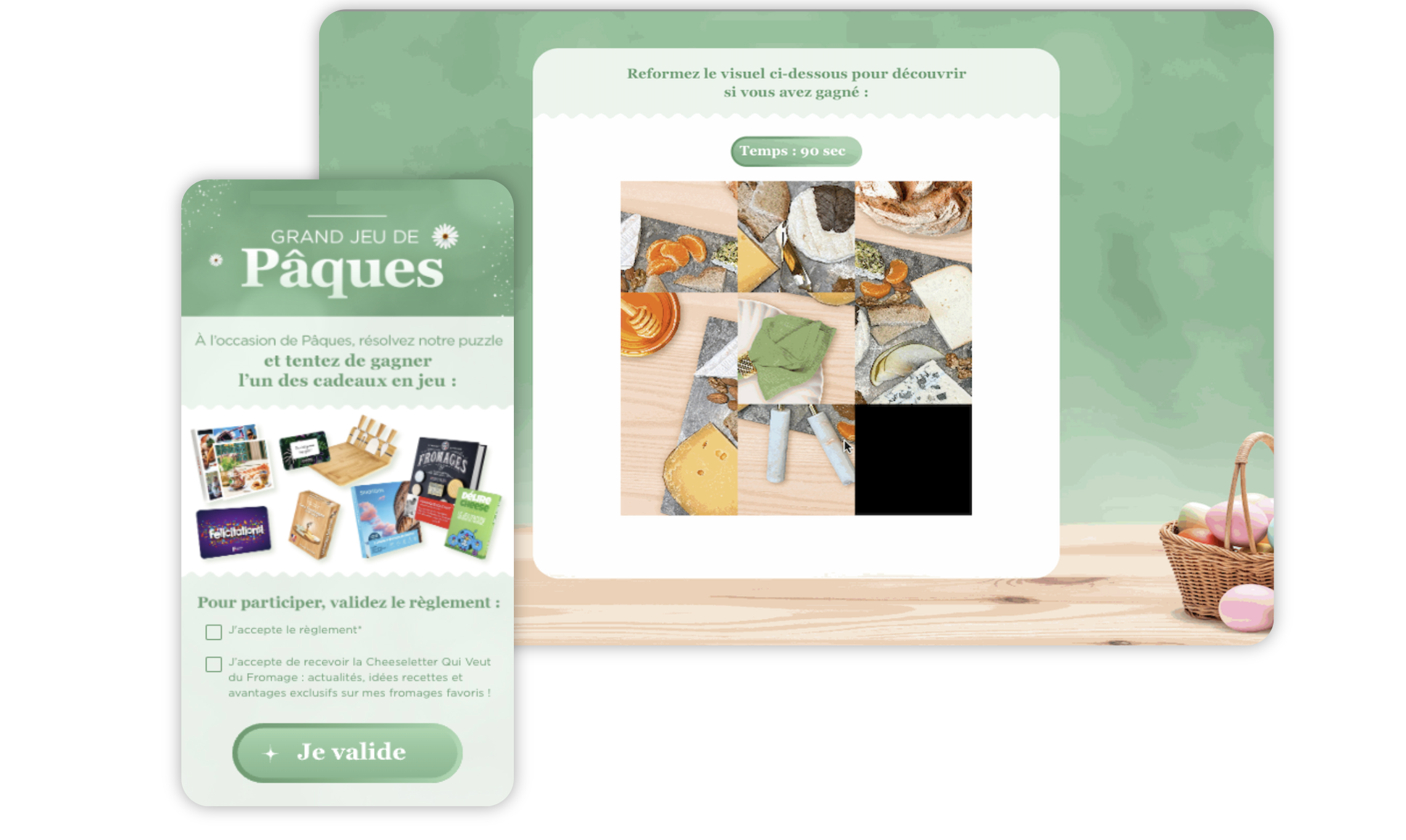
Conclusion
Gamification is a powerful tool that makes it easy for your brand to engage audiences during a marketing high point like Easter. Customise an interactive mechanic tailored to your strategic objectives and boost the impact of your campaign by offering a differentiating and captivating experience to your prospects and customers!



